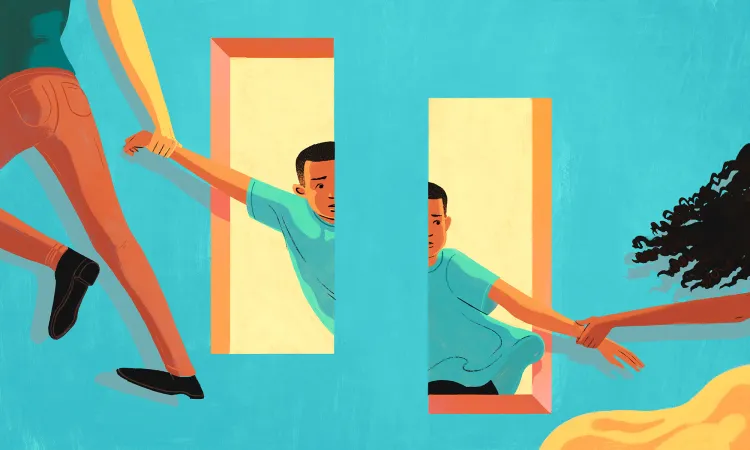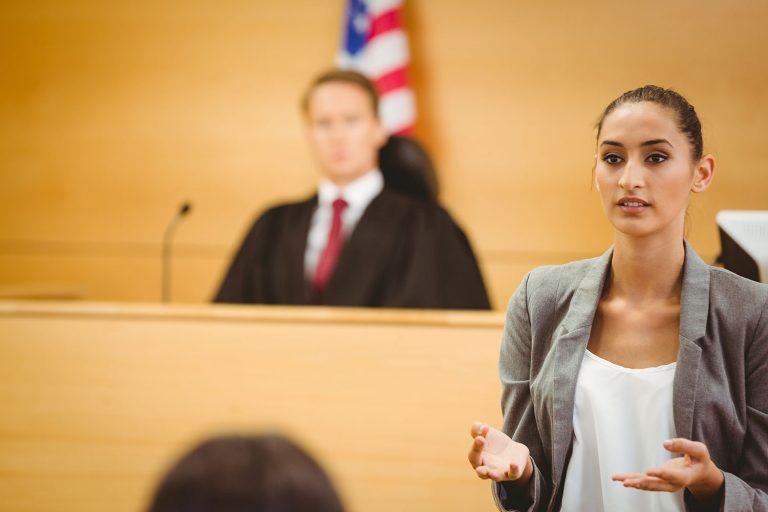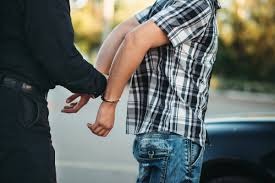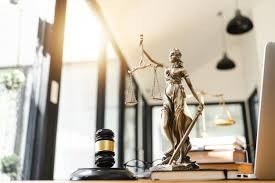How To Prove Liability In A Bicycle Accident Case
Bicycle accidents can be overwhelming. When you’re involved, proving liability becomes critical. You need to understand how to hold the right party accountable. Evidence is key. Start by documenting the scene. Take photos of any damage, road conditions, and your injuries. Witnesses can provide crucial testimony. Talk to them and get their contact information. Police reports are also valuable. They provide an official account of the incident. Medical records are important too. They show the extent of your injuries. Keep all related documents organized. A lawyer experienced in bicycle accident cases can guide you. They know how to use evidence effectively. They will help you navigate the legal process. This is how you build a strong case. You deserve accountability. By following these steps, you increase your chances of a fair outcome. Remember, you’re not alone. You have the power to seek justice and protect yourself.
Gathering Key Evidence
After a bicycle accident, collecting evidence is crucial. Start with physical evidence. Capture the scene with photos. Include road conditions, any debris, and vehicle positions. Your bicycle may provide insights into the accident. Take close-up photos of damage. Secure your bicycle until the case concludes. Next, identify witnesses. Their statements can confirm your version of events. Request their contact details and encourage them to provide written or recorded statements.
Understanding Police Reports
Police play a vital role in documenting accidents. Their reports can strengthen your case. Contact local law enforcement quickly. Ensure you get a copy of the report. Review it for details about the accident. Check for accuracy. If you find errors, ask for corrections. Police reports often include diagrams of the accident. These visual aids can clarify how the accident occurred.
The Role of Medical Records
Your injuries matter in proving liability. Medical records document the severity and cause. Visit a healthcare provider immediately after the accident. Follow all medical advice and attend follow-up appointments. Request copies of all medical documentation. This includes treatment plans and doctor notes. Medical records can connect your injuries to the accident, supporting your claim.
Comparing Fault and Liability
Understanding fault is essential. States vary in liability laws. Here’s a comparison of negligence standards that affect bicycle accident cases:
| Negligence Standard | Description |
| Comparative Negligence | Both parties share fault. Compensation is based on the degree of responsibility. |
| Contributory Negligence | If you’re found partly at fault, you may not recover damages. |
| Modified Comparative Negligence | You can receive compensation if your fault is below a certain percentage. |
Getting Legal Help
Proving liability is complex. An experienced lawyer can make a difference. They evaluate your evidence, advise on legal strategies, and represent you in court. Your lawyer can also negotiate with insurance companies. This is important, as insurers often try to minimize payouts. Choose a lawyer with a proven track record in bicycle accident cases.
Conclusion
Proving liability in a bicycle accident requires thorough preparation. Gather evidence, understand fault laws, and seek legal assistance. These steps increase your chances of success. Navigating the aftermath of an accident is challenging. But with the right approach, you can secure justice. Always remember your rights and stay informed.
Also read: Top-Rated Inflatable Rentals in Nampa, Idaho







